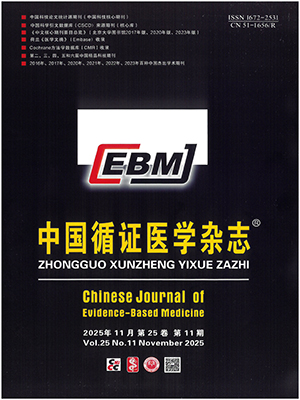Objective To systematically review the intervention effects and safety of cardiovascular polypill for the relevant risk factors of coronary heart disease.
Methods The randomized clinical trials (RCTs) on polypill in intervening coronary heart disease were searched in PubMed, CENTRAL, ICTRP, CBM, CNKI, WanFang and VIP from their inception to September 2012. Two reviewers independently screened the literature according to the inclusion and exclusion criteria, extracted the data, and assessed the methodological quality. Then the analysis was conducted.
Results A total of 5 RCTs from overseas were included. The descriptive analysis showed that: a) as for blood pressure, polypill was obviously superior to placebo in reducing SBP and DBP with a significant difference, but it didn’t reveal difference compared to the hypotensive drugs used alone; b) as for serum lipid, polypill was obviously superior to placebo in reducing TC, TG and LDL-C with a significant difference, but there was no difference between polypill and standard drug treatment; c) as for glucose, polypill was obviously superior to placebo in reducing glucose with a significant difference; d) as for adverse reaction, such adverse events as cough, bleeding tendency or gastritis, liver and kidney dysfunction were reported in the included studies; e) as for drug compliance, polypill showed no differences compared with either standard treatment or placebo.
Conclusion Polypill has intervention effects on the relevant factors of coronary heart disease, such as hypertension and serum lipid, etc. Due to quantity limitation of the included trials, the above conclusion still needs to be further proved by performing more large scale and high quality studies. For lack of adequate evidence, this review does not recommend polypill as a primary care for cardiovascular disease.
Citation: XING Dongmei,ZHANG Junhua,LI Ling,ZHU Mingjun,SHANG Hongcai. Intervention Effects and Safety of Cardiovascular Polypill for the Relevant Risk Factors of Coronary Heart Disease: A Systematic Review. Chinese Journal of Evidence-Based Medicine, 2013, 13(4): 446-451. doi: 10.7507/1672-2531.20130077 Copy
Copyright ? the editorial department of Chinese Journal of Evidence-Based Medicine of West China Medical Publisher. All rights reserved




